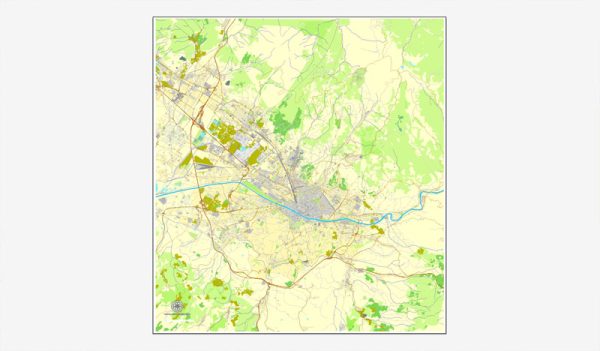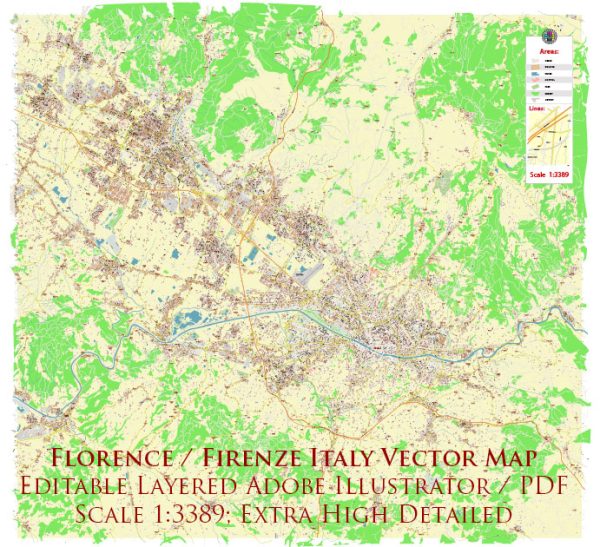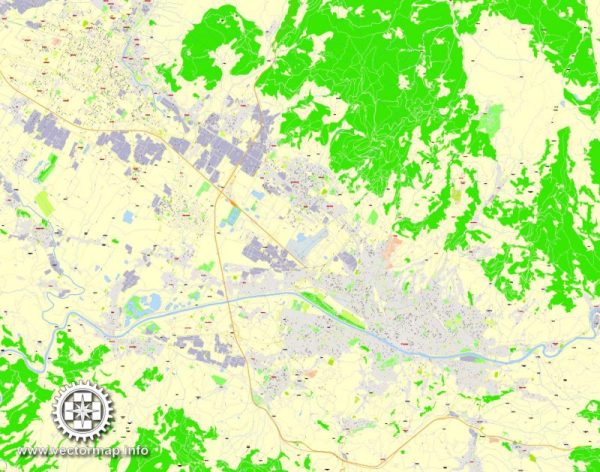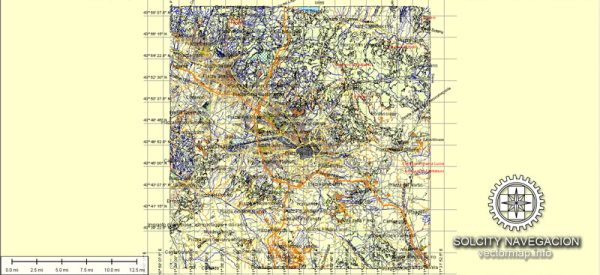Florence, Italy, has a rich and complex political history that spans many centuries. Here is a brief overview of Florence’s political history:
- Ancient and Medieval Florence:
- Florence was founded by the Romans in the 1st century BC and was known as Florentia. It was an important Roman settlement.
- During the Middle Ages, Florence became a thriving center of trade and commerce. It was a republic governed by a council of nobles, and it played a significant role in the medieval European banking system.
- Rise of the Medici:
- The Medici family, a powerful banking and political dynasty, rose to prominence in the 15th century. Cosimo de’ Medici, known as Cosimo the Elder, and his descendants effectively ruled Florence as de facto rulers.
- The Medici family supported the arts and played a crucial role in the Italian Renaissance, patronizing artists like Leonardo da Vinci and Michelangelo.
- Savonarola and the Republic:
- Girolamo Savonarola, a Dominican friar, briefly took control of Florence in the late 15th century. He established a theocratic government, purging the city of worldly excesses and luxury.
- However, Savonarola’s rule was short-lived, and he was eventually executed.
- Return of the Medici:
- The Medici family returned to power in the early 16th century, ruling as dukes of Florence. The most famous member of the family, Lorenzo de’ Medici, was known as Lorenzo the Magnificent.
- Under the Medici, Florence continued to be a hub of culture, art, and learning.
- Grand Duchy of Tuscany:
- In 1569, Grand Duke Cosimo I de’ Medici established the Grand Duchy of Tuscany, which included Florence. The Medici dynasty continued to rule as dukes and grand dukes.
- Florence remained an important cultural and artistic center, producing renowned figures like Galileo Galilei and Dante Alighieri.
- Napoleonic Era and Unification of Italy:
- Florence was briefly under French control during the Napoleonic era. Later, it became part of the Kingdom of Italy under King Victor Emmanuel II, as Italy was unified in the 19th century.
- Florence served as the capital of Italy from 1865 to 1871, before Rome became the capital.
- Modern Florence:
- After the unification of Italy, Florence continued to be a center of art, culture, and education. It is renowned for its museums, including the Uffizi Gallery and the Florence Cathedral (Duomo).
- Florence also played a role in the political and intellectual movements of Italy in the 20th century.
Today, Florence is the capital of the Tuscany region and remains a global cultural and artistic hub, drawing tourists from around the world to explore its rich history and heritage. It is known for its stunning architecture, museums, and historical significance in the world of art and culture.





 Author: Kirill Shrayber, Ph.D.
Author: Kirill Shrayber, Ph.D.